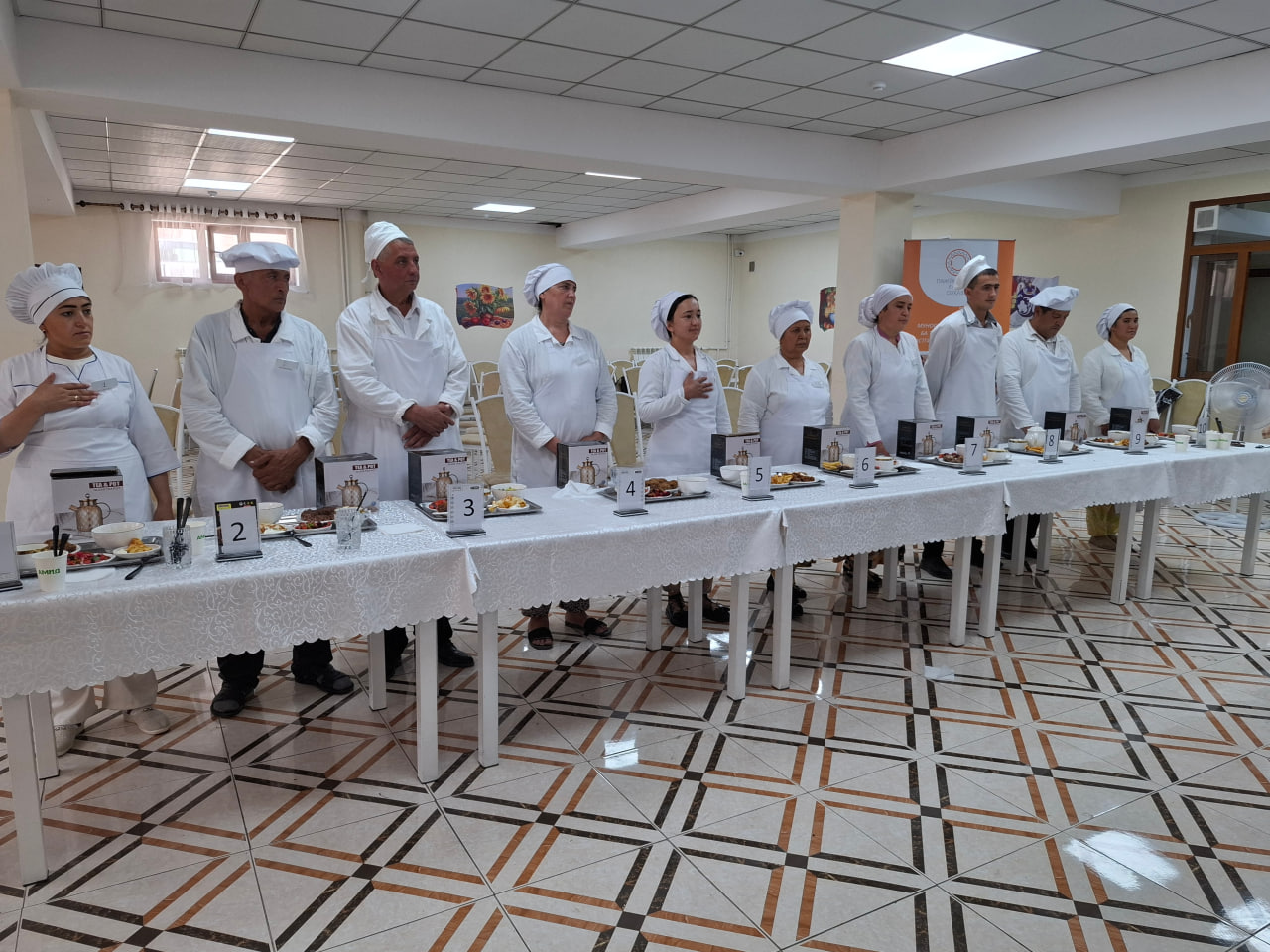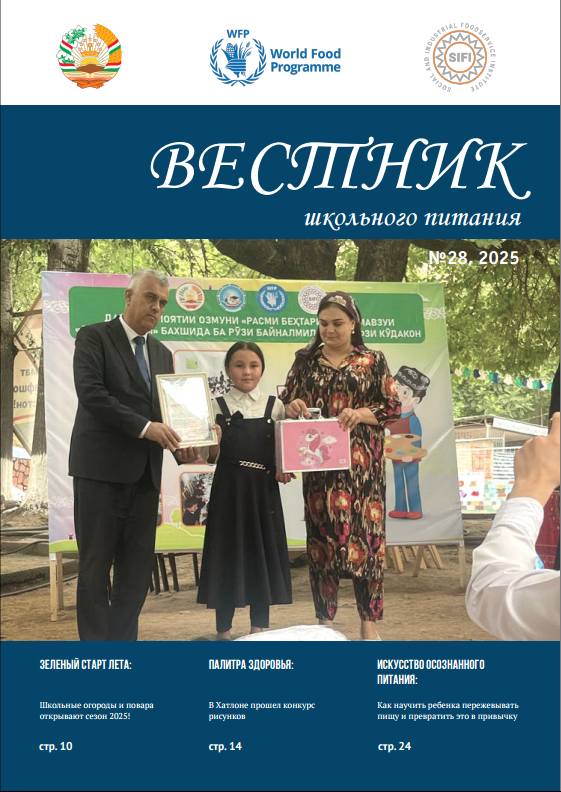
Они не работают в дорогих ресторанах с мишленовскими звёздами и не подают блюда на фарфоровых тарелках. Их сцена — школьная столовая, а самые строгие критики — дети. Конкурс «Лучший школьный повар – 2025» вновь показал: именно эти люди становятся настоящими героями кулинарного фронта.
И всё это не про громкие лозунги, а про конкретные истории. В июне 2025 года на участие в четвертом по счету конкурсу школьных поваров пришло 145 заявок. В анкетах повара рассказывали, почему выбрали свою профессию, зачем хотят участвовать в состязании. Читая эти строки, жюри видело живую мотивацию: желание учиться, гордость за свою работу, стремление кормить детей не «как получится», а вкусно и правильно.
Подготовка: семинар и первые наставления
Перед тем как выйти на конкурсную площадку региональных отборочных туров, повара прошли онлайн-семинар. Полтора часа практических советов: как правильно обрабатывать продукты, соблюдать санитарные нормы и работать с техкартами. В этом году к семинару подключились финалисты прошлых лет, чтобы подбодрить участников и дать свои наставления:
●«Будьте уверены в себе и не торопитесь»
●«Строго работайте по техкартам»
●«Задавайте вопросы, если что-то непонятно»
Эти простые советы повара увезли с собой в регионы, где их ждала настоящая проверка.
Полуфинал: Кухонные баталии в регионах
Каждому участнику давали два часа и пять заданий: нужно приготовить суп, горячее, салат, напиток и хлебобулочное изделие. Звучит привычно, но на деле это была мини-кулинарная олимпиада.
●В ГБАО готовили рассольник, мошкичири (каша из маша и риса), салат шакароб с яблоками, сырники и какао.
● В Согде — рыбный суп, картофельные котлеты, оладьи и компот из сухофруктов.
●В Кулябе — щи, макароны, школьную пиццу и витаминный компот.
●В Душанбе — плов, овощные салаты, панкейки и кисель.
Ошибки были типичными: кто-то пересолил чечевицу, кто-то перепутал кисель с компотом, а кто-то привычно жарил овощи вместо пассеровки. Но именно за счёт этих промахов и последующей работы с экспертами участники учились «на ходу».
Мастер-классы: секреты на кончике ножа
После каждого тура поварам не давали просто разойтись. На кухню выходили технологи:
●Максуда Рауфова показывала, как «укрощать» тесто. Кондитер-технолог подробно объясняла, чем отличаются панкейки от блинов, как печь запеканку и формовать сырники: «Сырники должны быть золотистыми, но не сырыми внутри».
●Повар-технолог SIFI, старший преподаватель лицея сервиса и туризма Зулфия Файзиева демонстрировала приёмы декоративной нарезки овощей. «Для детей важно, как выглядит тарелка — аппетит вызывает не только вкус, но и вид», - говорила она, показывая фигурные ножи и тонкости подачи.
Здесь учились буквально всему: формовать тесто для пиццы, жарить омлет так, чтобы он был воздушным, украшать салаты овощными «цветами». Это было похоже на кулинарную школу экспресс-формата — только вместо тетрадей у участников были кастрюли и ножи.
Кто был в жюри
Судейство было строгим, но справедливым. В жюри вошли:
●Джалолиддин Амиров, представитель Министерства образования и науки Республики Таджикистан, председатель жюри;
● Холмурод Алиджонов, представитель Министерства здравоохранения и социальной защиты;
●технологи Зулфия Файзиева и Максуда Рауфова;
● представители ВПП ООН и региональные координаторы.
Они оценивали всё: от вкуса и подачи до умения соблюдать санитарные правила.
Финалисты - девятка сильнейших
В финал вышли девять поваров — каждый со своей историей и характером. Это Саидбегим Кобилова из ГБАО, Сабохат Хамидова и Матлюбахон Исмоилзода из Худжанда, Шохрух Ниезов из Согда, Хусниябону Саидова из Лахша, Харамгул Гулова из Куляба, Джоббирова Хайриниссо из Джайхуна, а также Насриддинова Зебо и Хамидова Заррина из Душанбе.
Их ждёт новое задание: придумать горячее блюдо для школьного меню стоимостью не больше 9 сомони, с местными продуктами и обязательными овощами или фруктами в составе.
Когда конкурс выходит за рамки кухни
Может показаться, что конкурс - это только про соревнование. Но на самом деле он уже изменил школьные кухни. Повар возвращается не просто с сертификатом, а с новыми знаниями: как готовить рыбу, как работать с чечевицей, как печь пиццу по-новому. А значит, и обеды у детей становятся другими - вкуснее, разнообразнее и полезнее.
Финал, в котором выигрывают все
Победителя назовут позже, но уже сейчас ясно: выиграли все. Повара уехали с новым багажом знаний, организаторы - с опытом и идеями, как сделать конкурс еще лучше.
Ну, а самые главные победители — дети. Ведь их ждут ароматные супы, яркие салаты и те самые сырники с правильной золотистой корочкой. Конкурс закончится, а его результаты будут жить в каждой школьной тарелке.


